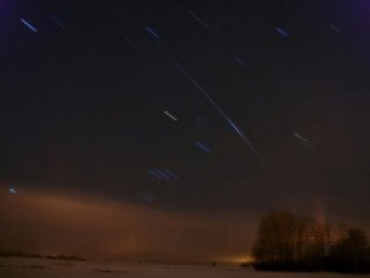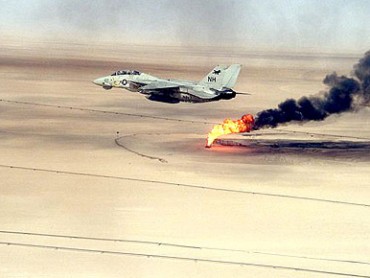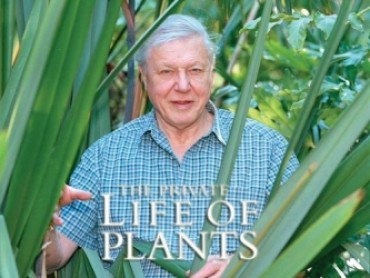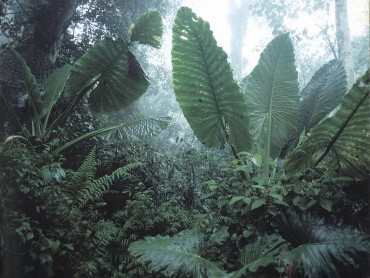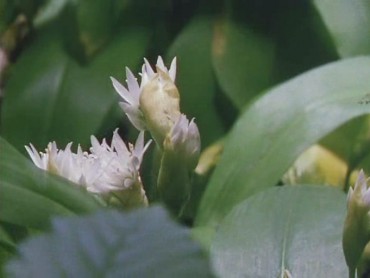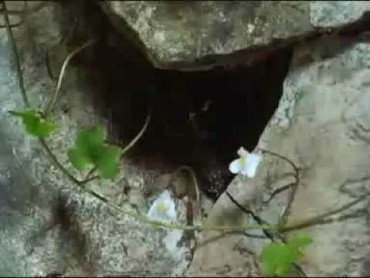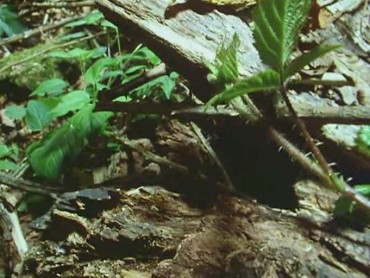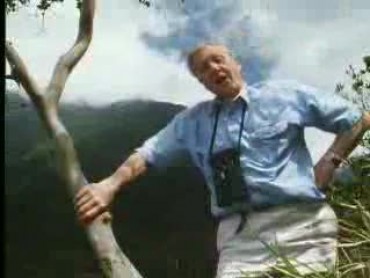Imagine waking up to the last day on Earth...Inspired by the predictions of scientists, End Day creates apocalyptic scenarios that go beyond reality. In a single hour, explore five different fictional disasters, from a giant tsunami hitting New York to a deadly meteorite strike on Berlin. End Day is a 2005 docu-drama produced by the BBC and aired on the National Geographic Channel, on the TV ser
Environment
END: CIV examines our culture’s addiction to systematic violence and environmental exploitation, and probes the resulting epidemic of poisoned landscapes and shell-shocked nations. Based in part on Endgame, the best-selling book by Derrick Jensen, END: CIV asks: If your homeland was invaded by aliens who cut down the forests, poisoned the water and air, and contaminated the food supply, would you
In a world in which the U.S. and Europe are addicted to oil and gas, and those increasingly scarce resources are controlled by authoritarian regimes in Saudi Arabia, Iran, Venezuela, Nigeria and Russia, the geopolitical ramifications have upset the traditional balance of power between nations. ENERGY WAR reveals precisely how the economic importance of fossil fuels affects international politics a
Broadcast 5 January 1995, the first episode looks at how plants are able to move. The bramble is an aggressive example: it advances forcefully from side to side and, once settled on its course, there is little that can stand in its way. An altogether faster species is the birdcage plant, which inhabits Californian sand dunes. When its location becomes exposed, it shifts at great speed to another o
Broadcast 12 January 1995, this programme is about how plants gain their sustenance. Sunlight is one of the essential requirements if a seed is to germinate, and Attenborough highlights the cheese plant as an example whose young shoots head for the nearest tree trunk and then climb to the top of the forest canopy, developing its leaves en route. Using sunshine, air, water and a few minerals, the l
Broadcast 19 January 1995, the next instalment is devoted to the ways in which plants reproduce. Pollen and a stigma are the two components needed for fertilisation. Most plants carry both these within their flowers and rely on animals to transport the pollen from one to the stigma of another. To do this, they attract their couriers with colour, scent and nectar. It isn’t just birds that help poll
Broadcast 26 January 1995, this episode examines how plants either share environments harmoniously or compete for dominance within them. Attenborough highlights the 1987 hurricane and the devastation it caused. However, for some species, it was that opportunity for which they had lain dormant for many years. The space left by uprooted trees is soon filled by others who move relatively swiftly towa
Broadcast 2 February 1995, the fifth programme explores the alliances formed between the animal and plant worlds. Attenborough dives into Australia’s Great Barrier Reef and contrasts the nocturnal feeding of coral, on microscopic creatures, with its daytime diet of algae. Some acacias are protected by ants, which will defend their refuge from any predator. Besides accommodation, the guards are rew
Broadcast 9 February 1995, the final episode deals with plants that live in hostile environments. Attenborough visits Ellesmere Island, north of the Arctic Circle, to demonstrate that even in a place that is unconducive to life, it can be found. Algae and lichens grow in or on rock, and during summer, when the ice melts, flowers are much more apparent. However, they must remain close to the ground

